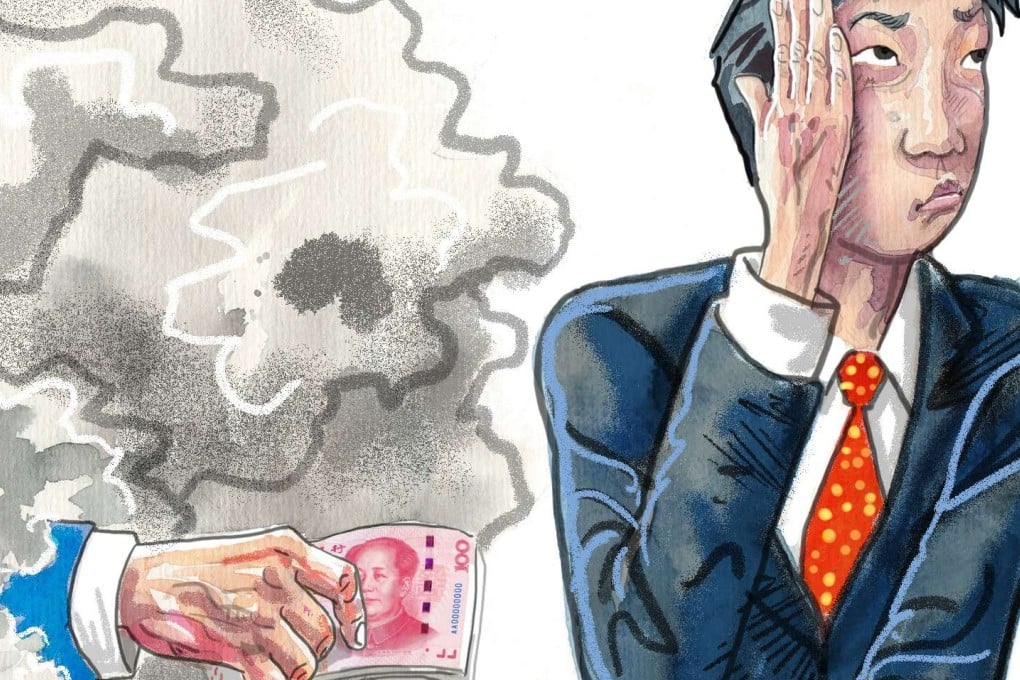China’s power struggle: how Beijing’s clean-energy efforts are being frustrated by local officials
Wenyuan Wu says there is a severe mismatch between national carbon emission goals and divergent local interests


On paper, provinces seem to be following the central government’s lead. Earlier this year, China’s National Bureau of Statistics reported a 3-4 per cent fall in fossil carbon dioxide emissions in 2015. In June alone, China’s biggest coal-producing province, Shanxi (山西), shut down over a dozen chemical plants and issued 9.17 million yuan (HK$10.69 million) in fines.
Nonetheless, the success of the Communist Party’s anti-pollution regime is more elusive than proclaimed.

Exposure to air pollution raises your blood pressure, Chinese study shows
China has topped the global list of carbon emitters since 2007 and produces almost twice as much pollution as the US. According to a 2015 Harvard University report on emissions, China released approximately 8.5 gigatonnes of carbon in 2012, 85 per cent of which originated from manufacturing and power generation. Even these outlandish figures represent only a watered-down version of reality. The National Sierra Club estimates China burns 17 per cent more coal than officially stated, and claims that as few as 21 individuals account for a tenth of the nation’s overall emissions.